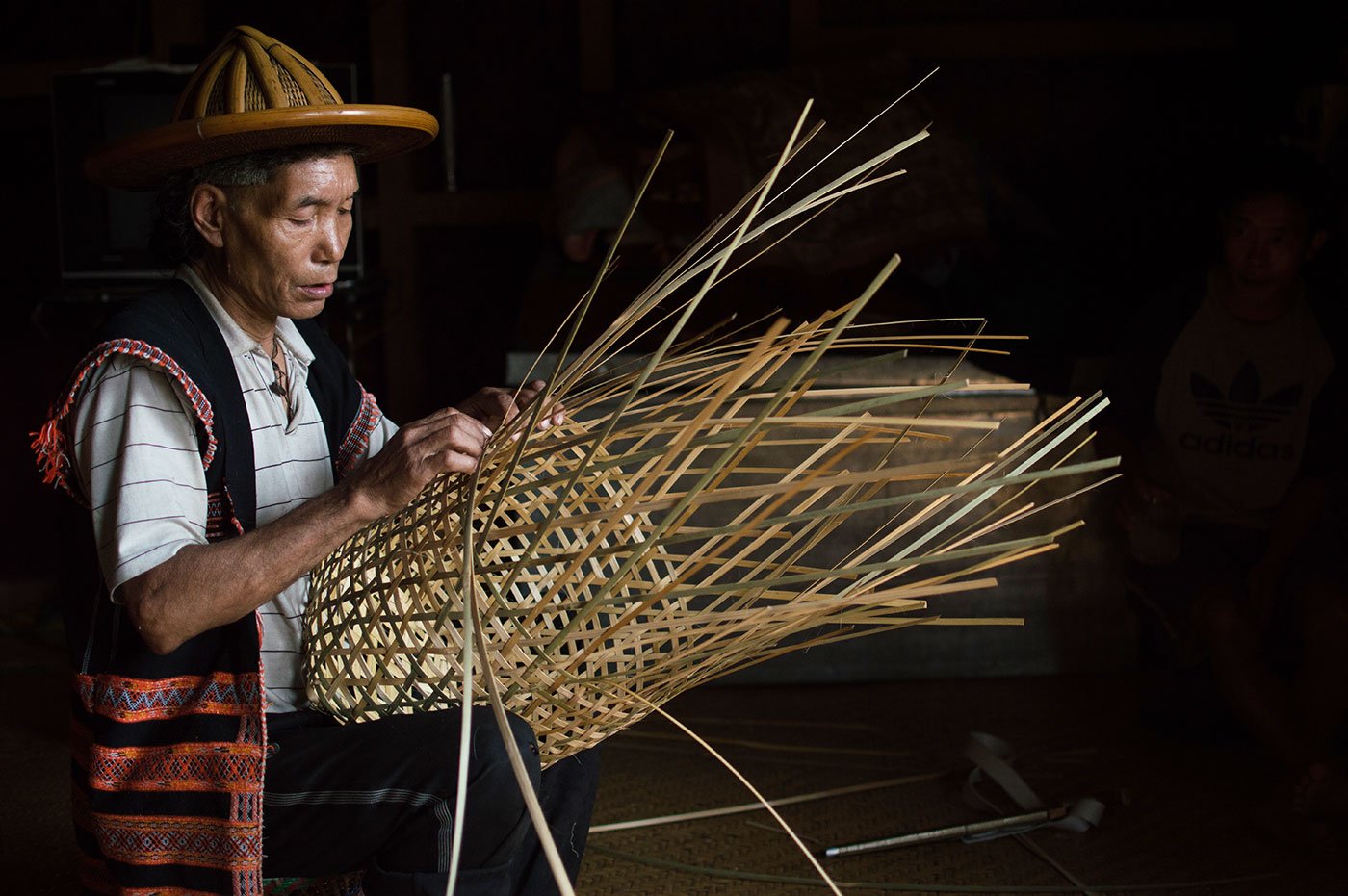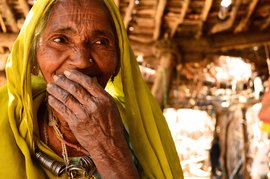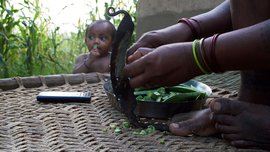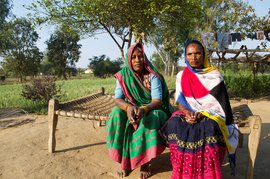He’s been a hunter, farmer, basket weaver, and the head of the local council. Mako Lingi is not notching up bragging points. That’s just the way this elder from Arunachal Pradesh’s Idu Mishmi tribe has lived his life.
Like most members of his generation, he too had to learn several skills in order to survive in the remotest parts of Arunachal Pradesh, the eastern-most state in India.
“We did not buy anything in the village. That was not even an option. We had to produce everything ourselves. We farmed, we hunted and we made things,” Lingi, now over 60, says. As he speaks, his hands are busy weaving a new basket.
The Idu Mishmi community is spread throughout Arunachal Pradesh, and sometimes hamlets only consist of two or three families. Lingi is from Ahunli – which has a population of just 11 people – located in the Dibang Valley near Anini Circle.

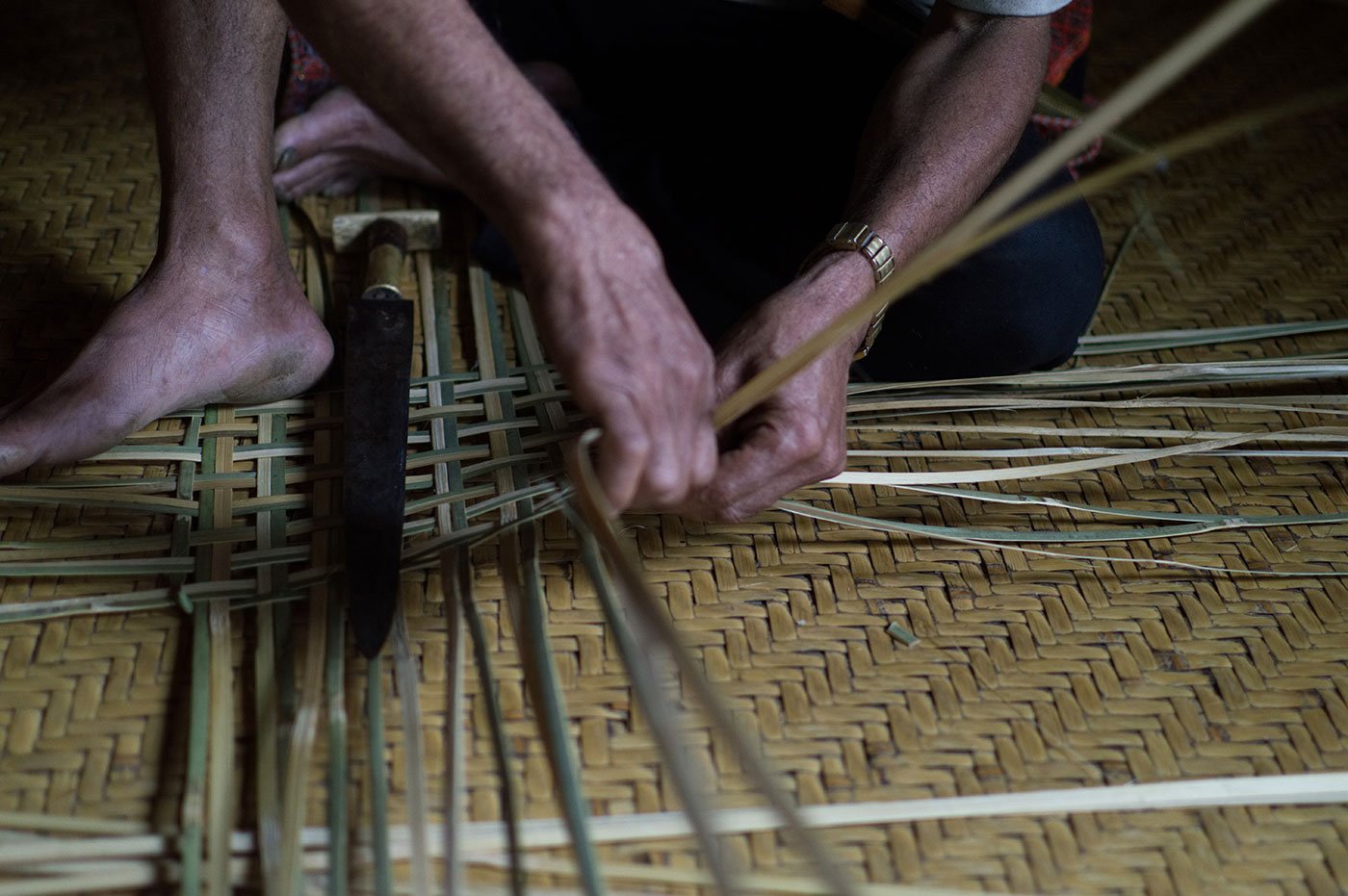
Left: Mako Lingi points out the marks on his fingers from years of weaving. Right: He uses his dao to slice the bamboo into thin strips before beginning a basket
He can make a variety of baskets, using only his dao (knife), and his hands and feet. No other tools are required. “There are about a dozen different kinds of baskets that the Idu community uses,” he explains. “Each is designed with a specific weave pattern for a specific use – to carry food, to carry wood, or for hunting. We use different kinds of bamboo and cane for each basket. We go to the jungle, cut down the bamboo or cane, bring it home, cut it into thin strips, and then start working on the basket.” Some baskets are made in a few hours, some in a few days, and others can take weeks.
“Every Idu [still living in the village] is involved in making baskets, mats for the floor, headgear, arrows and so on,” says Dr. Rajiv Miso, an Idu Mishmi himself, and associate professor at the Jomind Tayend Government Model Degree College, Roing, whose PhD focused on the ethno-historical aspects of Arunachal Pradesh, with an emphasis on the Idu Mishmis. “The objects produced are utilitarian – largely for family use and to barter for other necessities. Some members of the community are custodians of knowledge. Their expertise is sought, for instance, while making measurements to construct a house. Their services are voluntary, with no returns in kind.”
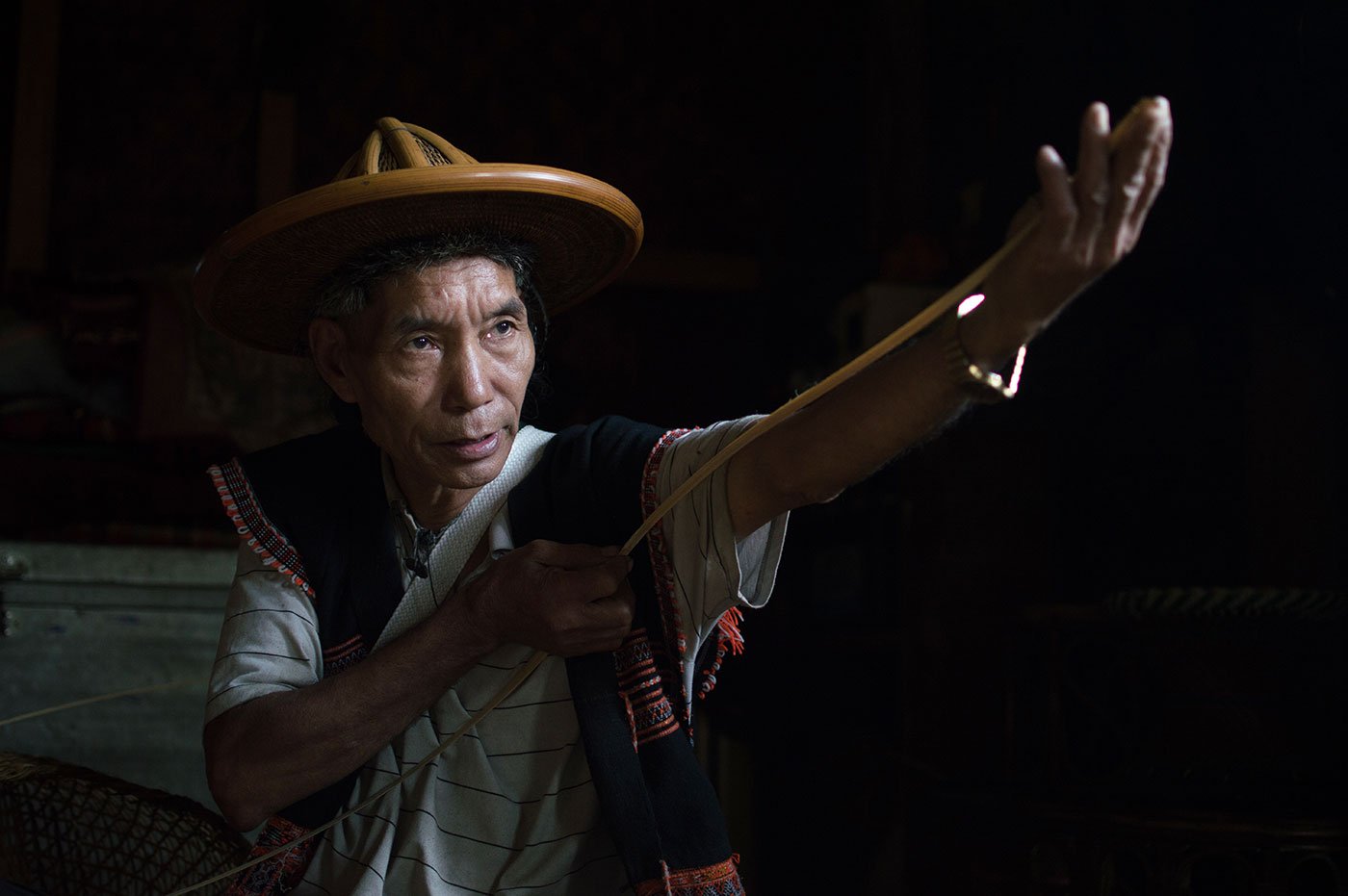
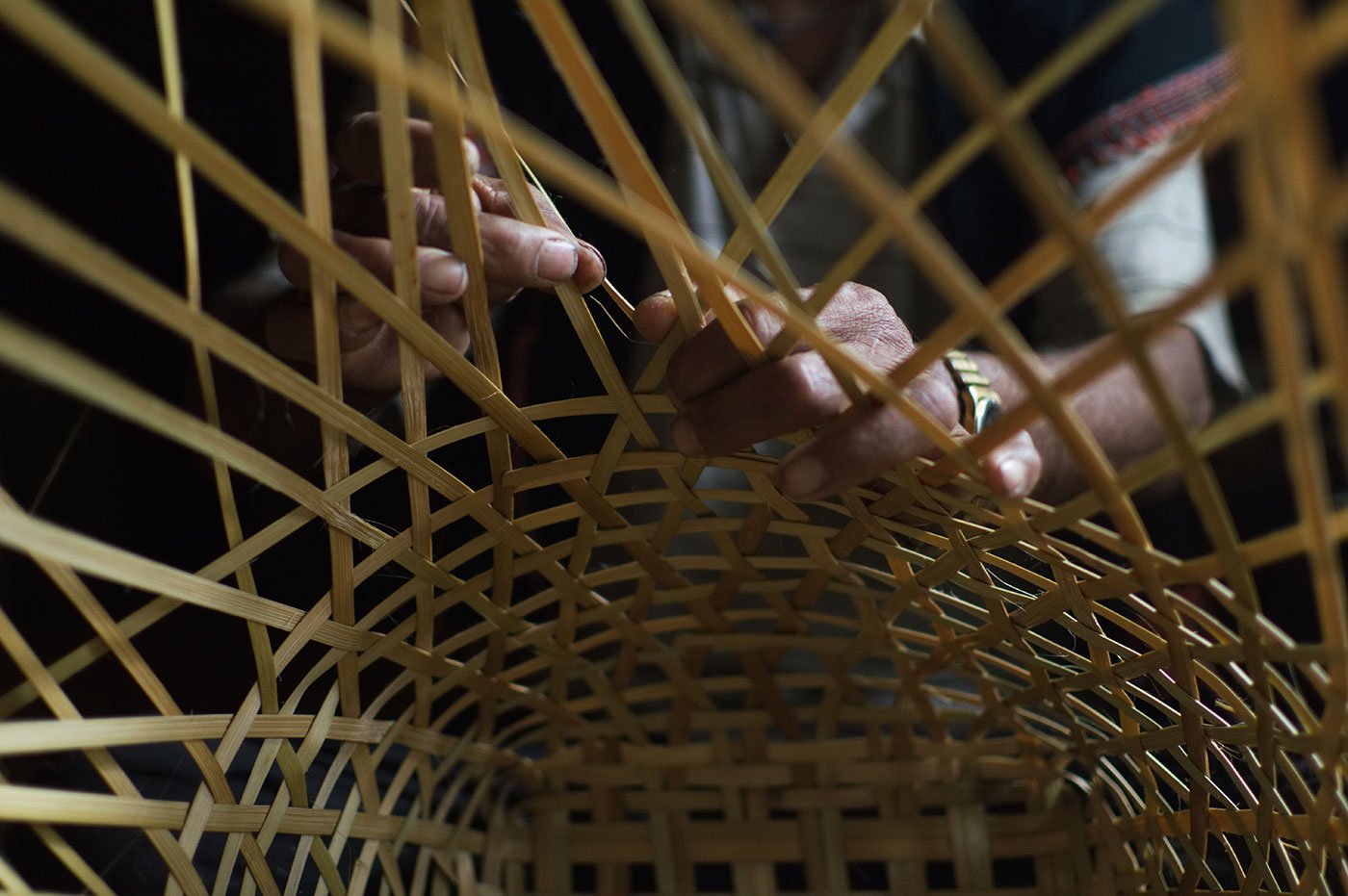
Each strip of bamboo is first measured by arm length (left). Lingi's expert hands then make the weave tight and strong
The Idu Mishmi have deep connections with their environment, and their system of penance after hunting is intricate. Living in tough, remote conditions has shaped many of their rituals and customs – the type of animals they hunt, the style of homes they build, the bamboo they use. It has also strengthened their sense of community. “Relationships are most important in the Idu community," Lingi says. "We are all related to each other in some way and we like to work things out ourselves. We never had anything like the police here; we never needed them.”
As a respected Idu elder, Lingi is often referred to as naba (father); he was a member of his village panchayat (local government) for 10 years, and in 1993 began a term on the zilla parishad’s Anchal Samiti (a district-level administrative body). “I wanted to do something to help our people. We did the best we could in Ahunli and the surrounding villages, but the state government didn’t give us real power or any real funding to make better roads or schools. All we received was Rs. 1 lakh. What could we do with that? We can make better roads ourselves.” He shakes his head. “Even when we were able to construct a school, it was destroyed in a landslide.”
If people learn the craft these days, it's because it is an 'art', a concept Lingi finds unusual. “This wasn't art. It was just life.”
Along with his administrative duties, Lingi also cultivated rice, corn and legumes on his land – spread over some 10-15 acres of mountainous terrain. And he hunted. He even survived a tiger attack decades ago. Lingi grins as he recalls: “My cousin was attacked by a tiger and another family member asked me to go into the jungle to get him out [tigers are not as common here as other big cats]. When I went into the jungle, the same tiger pounced on me, clawing at me, but I was able to shoot and kill it… I was so scared.”
Halfway through his basket, Lingi decides to discard it and start over. “See, this weave is not tight enough. It would have broken,” he smiles. He adds thoughtfully, “I gave all my time for others, and in the end, I lost. They spent their time making money. Everyone else has money, but not me.”
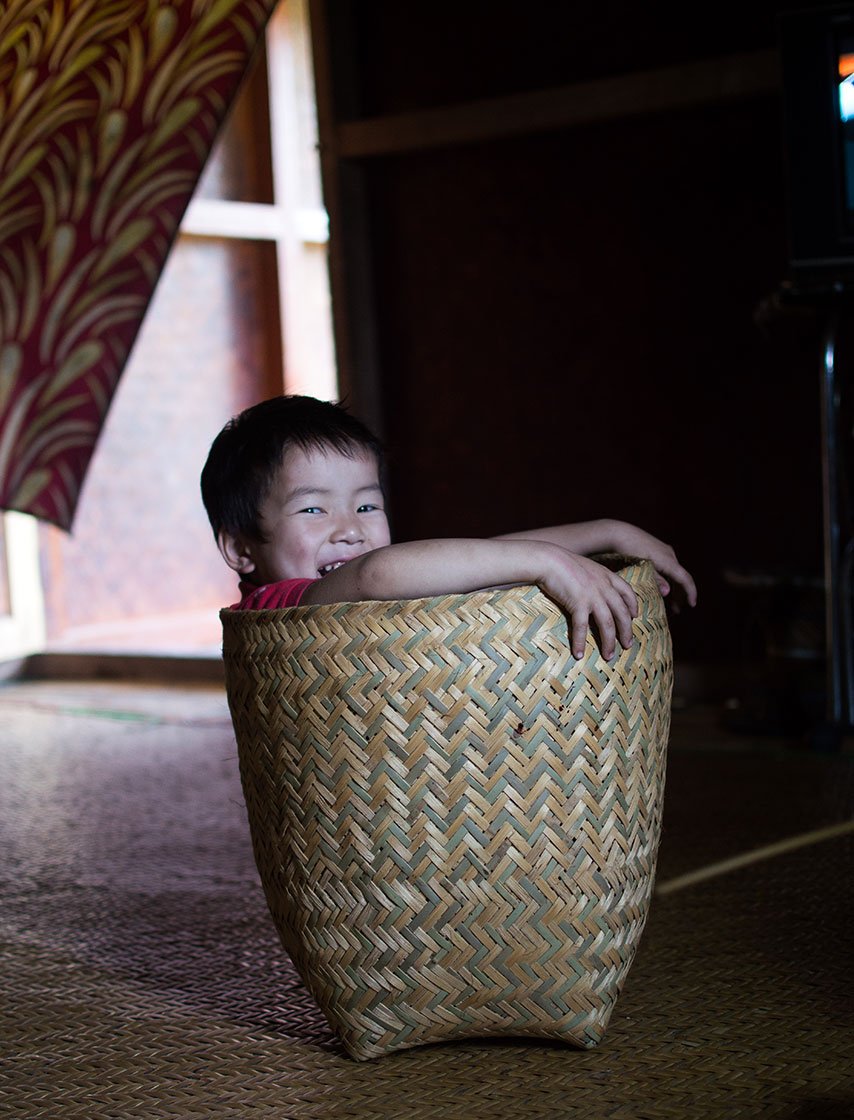
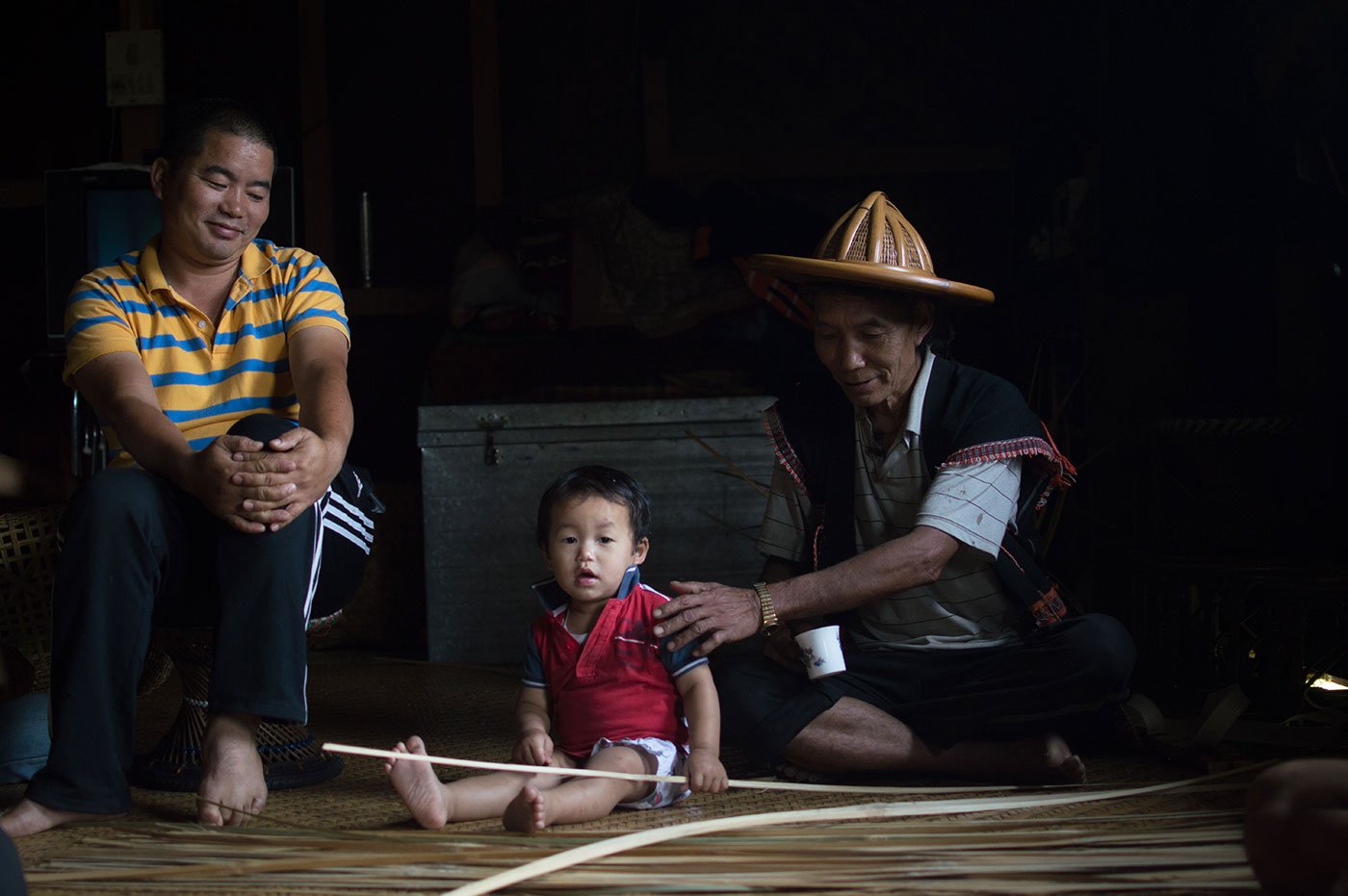
Left: Lingi's little grandson plays with his grandfather's creation. Right: Three generations of the family at Mako Lingi's son's house in Roing town
The desire or need for money has pushed many Idu Mishmi off their farms and villages. Old traditions like basket-weaving are slowly being replaced by skills that will help them get government jobs or office jobs. Many have migrated out of the village and even out of Arunachal looking for work. More roads and bridges have opened up into the remote villages of the state, making movement easier, and bringing about cultural changes.
Over time, the population of the Idu Mishmi is decreasing too. The 2001 Census recorded only 10,000 Idu Mishmi (the 2011 Census does not list a separate population number for the tribe). “The narrative within the tribe is that our numbers of are dwindling,” Dr. Miso says. “Families had 6-7 children and now they only have 2-3 – so we can see the impact on language and culture.”
Mako Lingi’s son and daughter too have left; they live with their families in Roing town, around 230 kilometres from Ahunli. Lingi visits Roing often, a 12-plus hour journey by road.
No one in his family is learning basket-weaving now because it is not necessary for their survival. If people do learn the craft these days, it is because it is an art, a concept Lingi finds unusual. “Idu families did not stick to one craft. All Idus are craftspeople. You have to be. It is only now that our children are seeking out a single craft or none at all. This was not art. It was just life.”
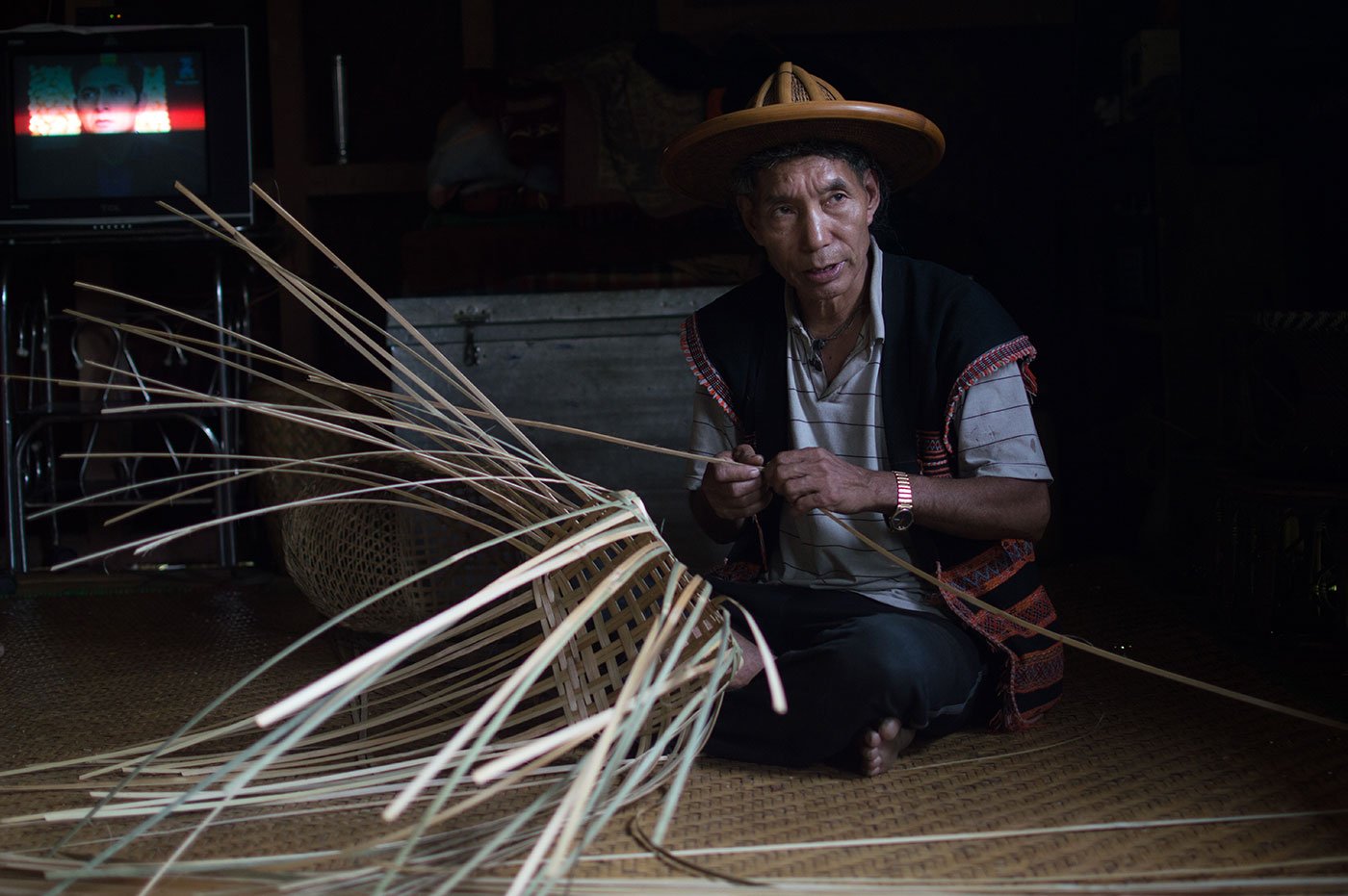
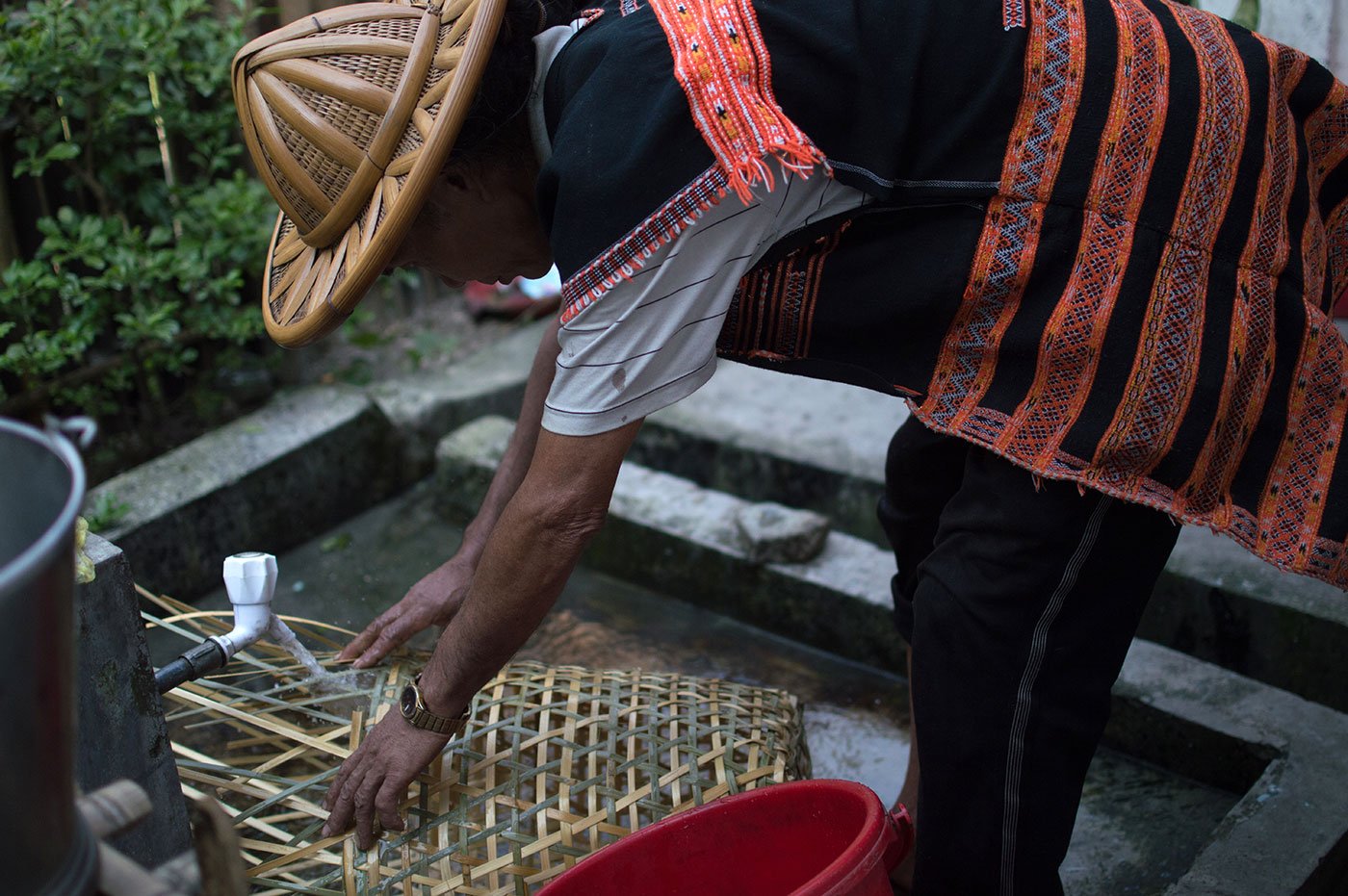
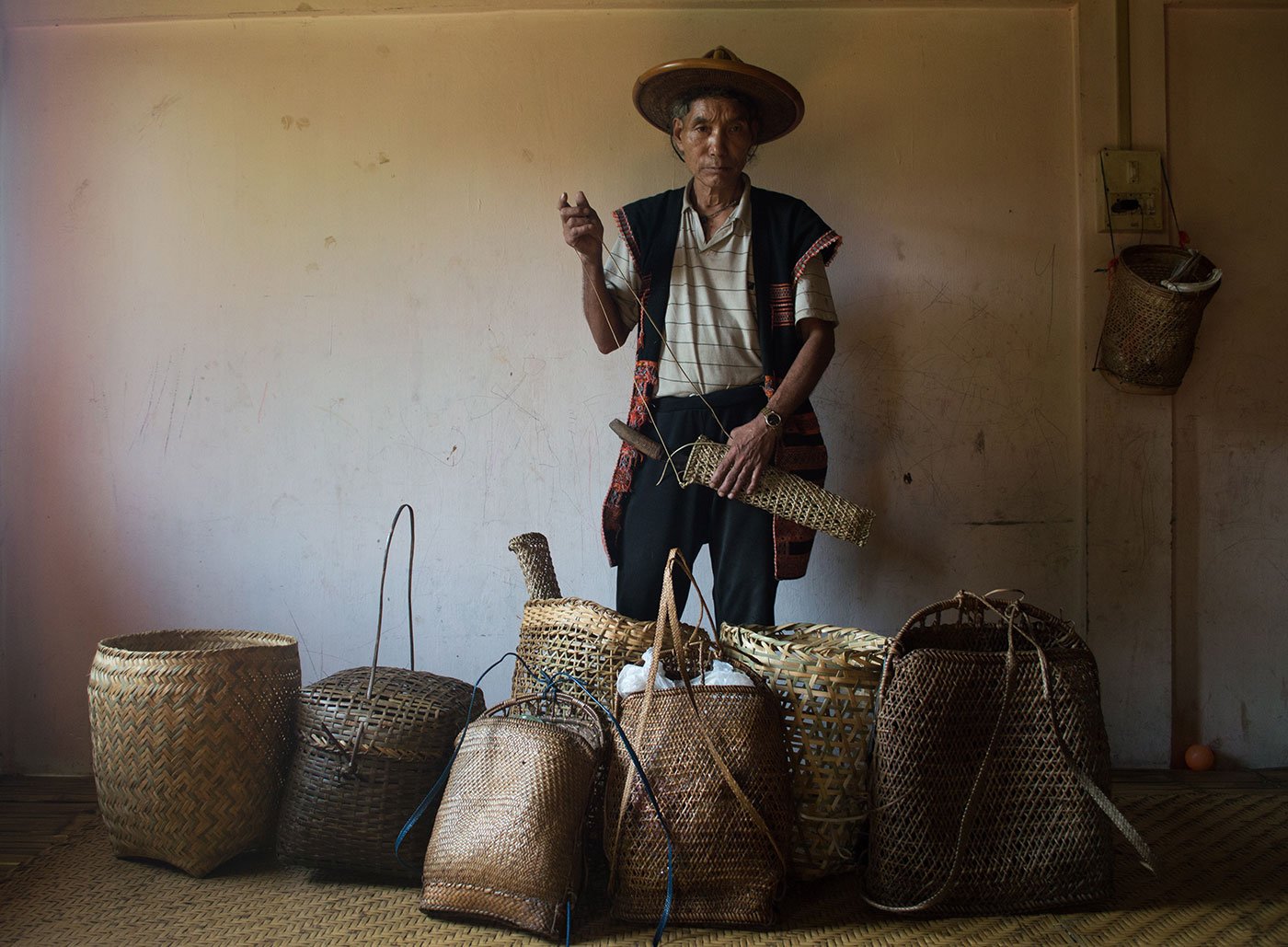
Lingi can weave all the different kinds of baskets his family needs. When ready, they are washed thoroughly before use (centre)
The author wishes to thank the Lingi family, Devraj Chaliha, and Further and Beyond Foundation.
